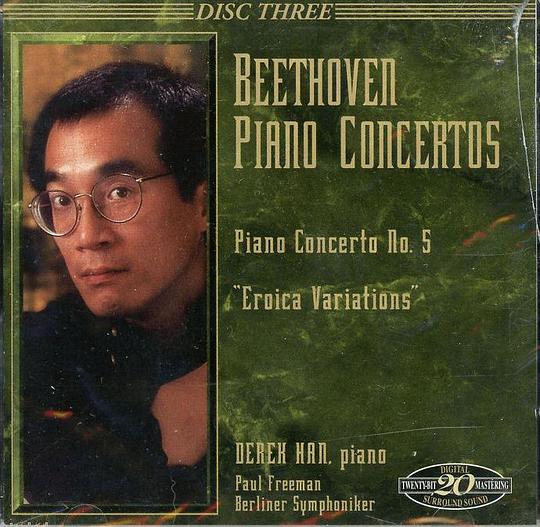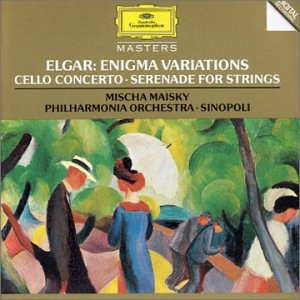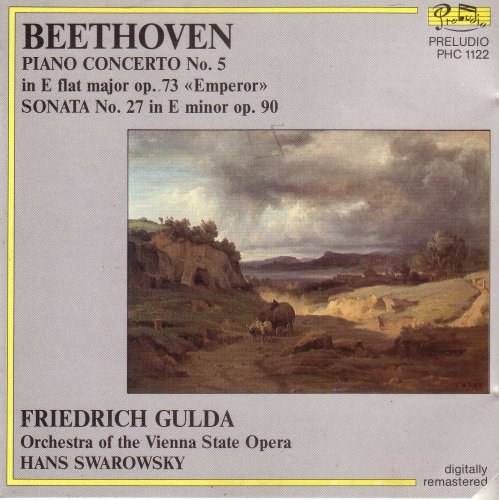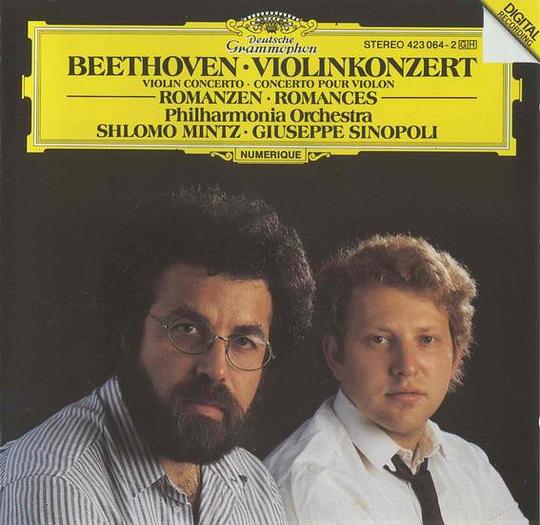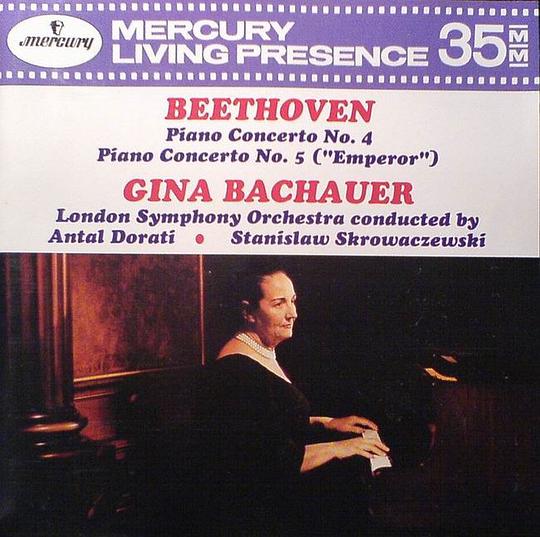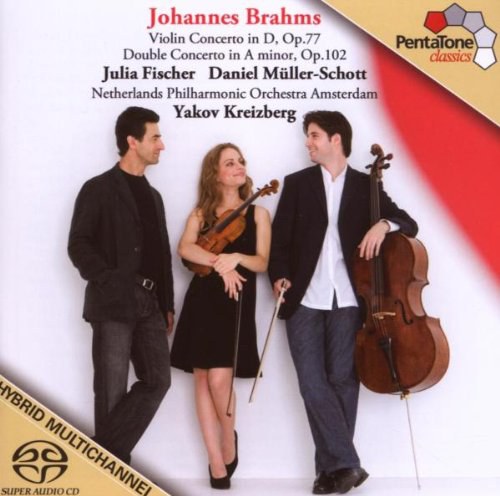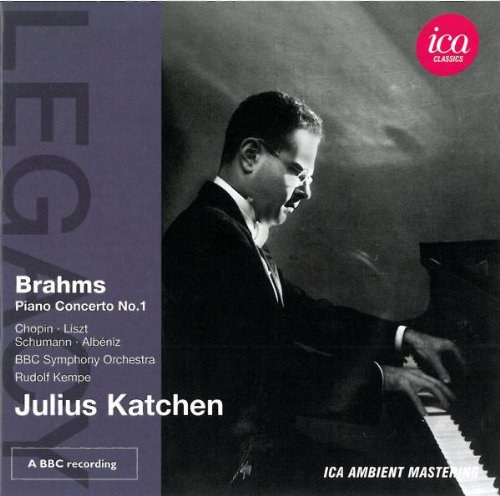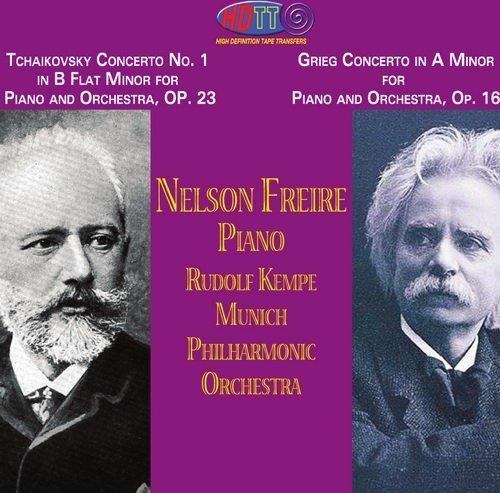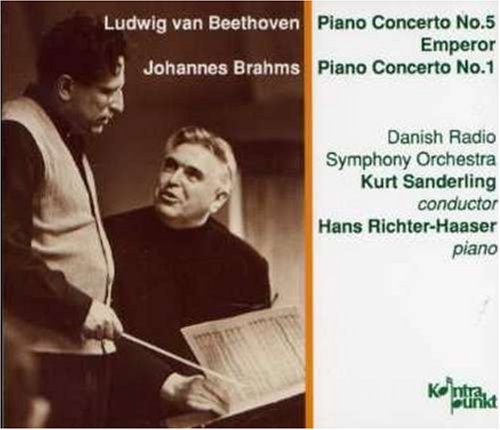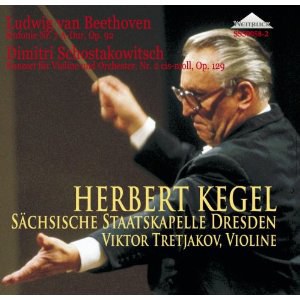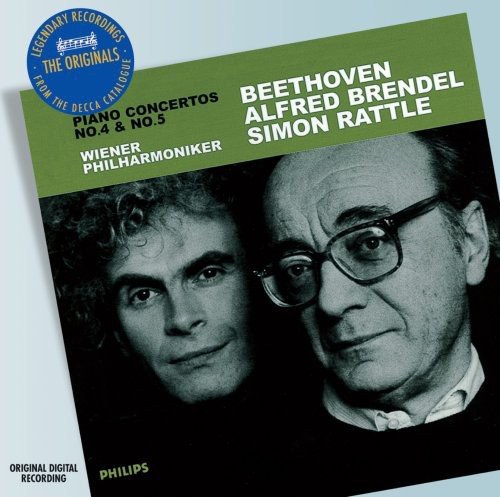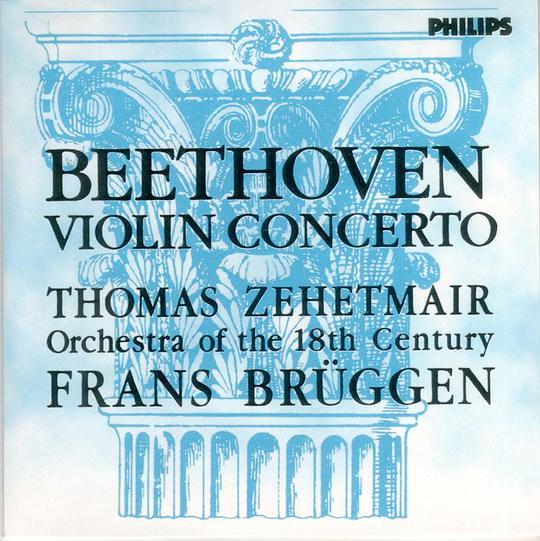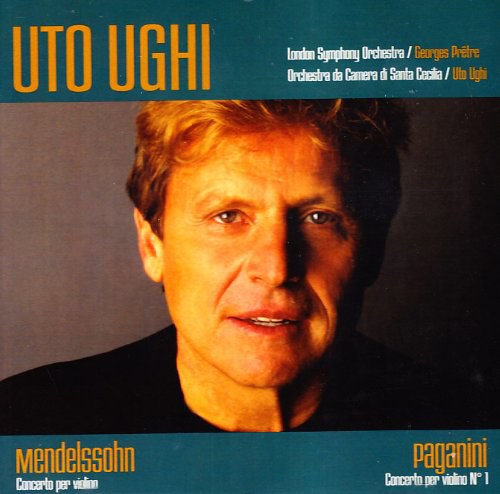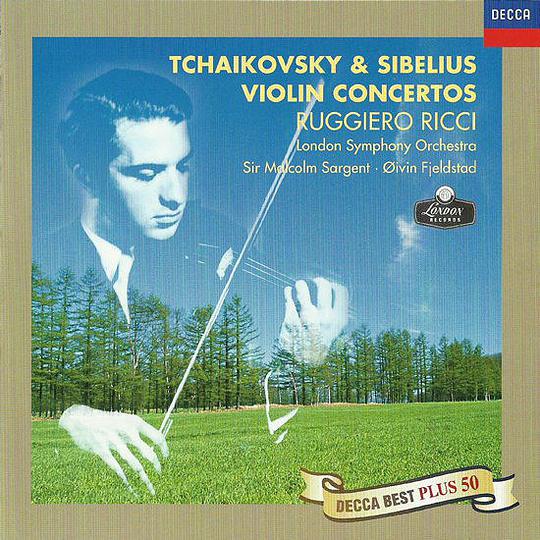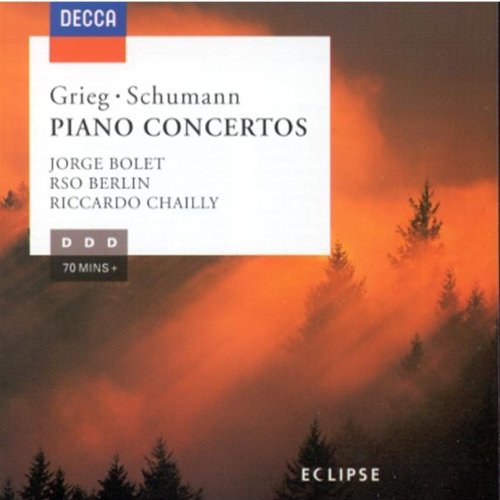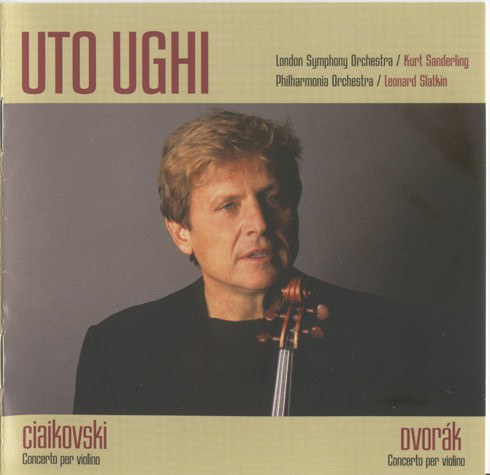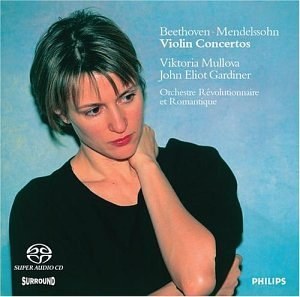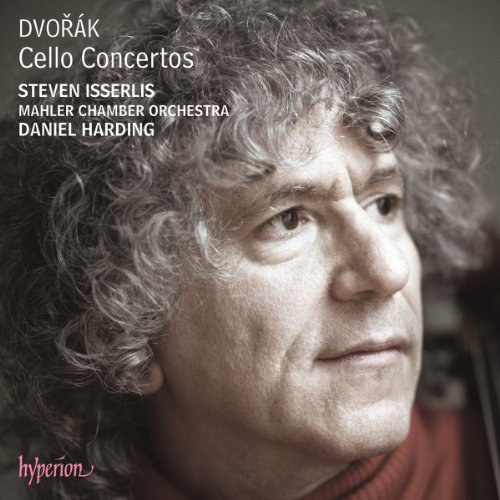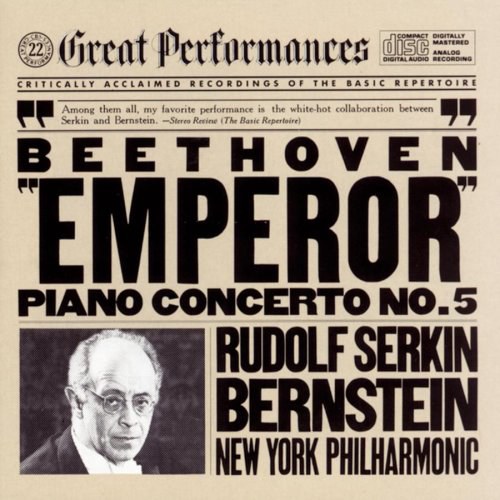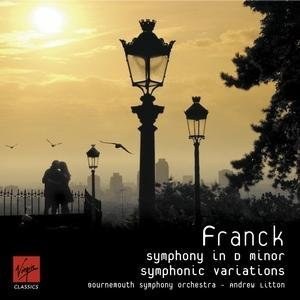Hyperion2013下半年度的重點專輯之一,廣受世人喜愛的德佛札克大提琴協奏曲加上世界級的大提琴家—同時也是英國的國寶級人物史帝芬.伊瑟利斯,將會引出至為驚人的火花。伊瑟利斯等了四十年才終於盼到機會錄下這首大提琴曲目的巔峰之作,並且由定期合作夥伴丹尼爾.哈丁和馬勒室內管弦樂團聯袂獻藝,這個醞釀多時的想法如今果真成為豐碩甜蜜的果實。伊瑟利斯提到這首協奏曲時這麼說「德佛札克以帶有民歌簡單直接的性質描繪出情感歷程的力量,將史詩和感人至深的自白融為一體,無法抗拒。當然,不只作品本身,伊瑟利斯的演奏同樣結合情感能量和簡潔俐落的特色,這也使得他在詮釋這首樂曲時更顯圓滿。其他收錄曲目除了協奏曲的原始版結尾之外,還有藝術歌曲Lasst mich allein(讓我獨處, Leave Me Alone)改編而成的管弦版,此曲在協奏曲的二三樂章同樣可以聽到類似的段落。另一首較少人知道的A大調大提琴協奏曲是作曲家早期所寫但是從未管弦化。收錄於此的版本(同樣是首次錄音)是德國作曲家根特.拉斐爾(1903-1960)所完成(福特萬格勒與其他指揮皆曾演出他的作品)。伊瑟利斯對此表示「沒錯,和後來的B小調協奏曲比起來或許算不上是傑作,但是同樣的道理,難道因為弟弟是天才就該忽略哥哥嗎?我就喜歡A大調協奏曲的優美旋律,極富新異的靈感、典型的鄉土精神—還有瀰漫全曲的純然愉悅感」
Hyperion is delighted to present the world’s best-loved cello concerto performed by one of the world’s best-loved cellists: national tr easure Steven Isserlis. Isserlis has waited 40 years to record this pinnacle of the repertoire, and here with his regular collaborators, the Mahler Chamber Orchestra and Daniel Harding, this long gestation has proved to be overwhelmingly fruitful. Isserlis writes of the concerto that ‘the power of its emotional journey, expressed with Dvorák’s characteristically folk-like simplicity and directness, offers an irresistible mix of the epic and the touchingly confessional’. The combination of emotional power and simplicity is also a feature of Isserlis’s playing, and part of what makes him such a consummate performer of this work.
This album puts Dvorák’s B minor cello concerto in context, including not only the original ending, but an orchestral version of the song Lasst mich allein which is quoted in the concerto’s second and third movements.
Isserlis has also recorded a version of Dvorák’s first cello concerto, a little-known work from the composer’s early period which he never orchestrated. This version (in what is almost definitely its premiere recording) is by German composer Günter Raphael, whose works were performed by Furtwängler among others, and is extensively rewritten from the composer’s original. To turn to Isserlis’s own words again: ‘Of course, it is not a masterpiece on the level of the later B minor concerto; but is it fair to lock up an older child just because their younger sibling is a genius? I love the A major concerto for the beauty of its melodies, for the freshness of its inspiration, for its typically rustic spirit—and for the sense of sheer joy that bubbles through the entire work.’
The birth of the world’s most beloved cello concerto came as something of a shock to its father. On 10 December 1894 Dvorák wrote to his friend Alois Göbl: ‘I have actually finished the first movement of a Concerto for violoncello!! Don’t be surprised about this, I too am amazed and surprised enough that I was so determined on such work.’ In fact, the concerto was almost written for the piano or violin, for both of which Dvorák had already written concertos. According to his son Otakar, Dvorák disliked the cello, ‘since it sounded too much like muttering’; he felt that it was heard to best advantage in the orchestra and in chamber music rather than as a solo instrument. (It is curious how otherwise intelligent men can be so deluded at times.) For the concerto’s eventual instrumentation we have to thank the insistent Czech cellist who inspired and even collaborated on the work’s composition, Hanuš Wihan (1855–1920). But we also have to be grateful to three rather disparate and unexpected sources of musical inspiration: a glorious series of waterfalls; an Irish-American writer of musical comedies; and an ailing Czech Countess.
Dvorák spent most of the time between late 1892 and early 1895 in America, teaching at the newly formed National Conservatory of Music in New York. In 1893, on his way back to New York after a blissful summer spent among the Czech community in Spillville, Iowa, he visited Niagara Falls. It was reported that Dvorák, having stood for five minutes as though hypnotized, exclaimed: ‘Lord God, this will become a symphony in B minor.’ (Thirty-five years later, Maurice Ravel visited the Falls, and is said to have announced: ‘Quel majestueux si bémol!’—‘What a majestic B flat!’. Was this drop of a semitone an early symptom of global warming?) Dvorák’s epiphany did not result in a symphony (his final work in that genre, the Symphony No 9 in E minor, ‘From the New World’, was pretty much complete by that point); but the grandeur, heroism and nobility of the Cello Concerto in B minor could perhaps stem from that pivotal moment.
Some months later, Dvorák’s ideas about the failings of the cello as a solo instrument were challenged when he attended a concert in which the Irish-American cellist and composer Victor Herbert, better known for musical comedies such as Babes in Toyland, performed his own second Cello Concerto. Here was a lyrical work in which the cello sang out over the orchestra; Herbert described how Dvorák embraced him after the performance, insisting with characteristically loud-voiced enthusiasm that the concerto was ‘famos! famos!—ganz famos!’. And then, once he had embarked on his own concerto, Dvorák’s inspiration was intensified in a poignant way when he learned of the illness of his sister-in-law Josefina, the Countess Kounic, back in Bohemia. Dvorák, like several composers before him (Mozart and Haydn among them), had been in love with his wife’s sister before settling on his wife Anna. Indeed, his feelings may not have changed that much over the years; his great-grandson, ‘Tony’ Dvorák, reported in the 1990s that the family were still gossiping about the relationship. Be that as it may, Josefina’s fate was to have a strong effect on this concerto.
If the genesis of the concerto was somewhat convoluted, its subsequent history was even more so. Dvorák began to sketch the work in November 1894, making a false start in D minor before settling on B minor; the concerto in its original form was completed by 9 February 1895 (Otakar’s birthday—a nice present!). There were to be many subsequent revisions, however, several of them made in collaboration with Wihan, who advised Dvorák on the virtuoso passages in the solo part. Most of these suggestions, written into the manuscript copy by Wihan himself, have become generally accepted (even though Dvorák insisted that in certain passages his original ideas remain in the printed edition as ‘ossias’). But Dvorák drew the line when Wihan tried to insert a cadenza into the last movement. Writing to his publisher, Simrock, Dvorvák raged: ‘I shall only give you the work if you promise that no one, including my respected friend Wihan, makes alterations without my knowledge and consent; also not [i.e. do not print] the cadenza which Wihan has put into the last movement—it must stay in its original form, as I felt and imagined it.’ (Quite right, too: apart from being totally superfluous, Wihan’s cadenza is pretty horrible—and fiendishly difficult. Not a good combination.)
Nevertheless, Dvorák intended that the premiere of the concerto, to take place in London on 19 March 1896, would be given by Wihan. In the event, though, Wihan was otherwise engaged on that date; and Dvorák, having at first protested to the impresario (‘I am sorry to announce you that I cannot conduct the performance of the celo conzerto. The reason is I have promised to my friend Wihan—he will play it’), accepted an English cellist, Leo Stern. Stern was also engaged for the Prague premiere some three weeks later. One imagines that Wihan must have been chewing his carpet, especially since he had already given a private performance of the concerto with Dvorák at the piano some months before; but Stern seems to have done everything in his power to please Dvorák—including trying to learn Czech, and even sending Dvorák some rare pigeons (pigeons being, along with trains, boats and beer, among the composer’s abiding passions). And so Stern won out, probably through sheer determination (how little the music world has changed!); and Wihan had to wait until 1899 for his sole performance of the concerto under the composer’s baton, in Budapest.
About the concerto itself, little need be said; the power of its emotional journey, expressed with Dvorák’s characteristically folk-like simplicity and directness, sweeps aside all description. The orchestral writing, with particularly prominent parts for solo flute and clarinet, is as commanding as that in Dvorák’s symphonies. From the portentous opening, through the magical appearance of the second subject in the horn (from about 2'13''), the cello’s heroic entry in B major (at 3'31''), the thrilling start of the recapitulation with a soaring transformation of the second subject (11'12''), to its triumphant ending, the first movement offers an irresistible mix of the epic and the touchingly confessional.
In the G major second movement one can surely feel Dvorák’s homesickness for his beloved Bohemia. Nostalgia and a love of nature seem to frame every note, particularly in the gentle opening theme, and in the birdsong we hear in the accompanied cadenza (from 7'20'') that adorns the return of the first section. It is in this movement, too, that we feel Josefina’s presence most strongly: in the central minore section Dvorák quotes from a song of his own that Josefina had always loved—Lasst mich allein (Leave me alone), Op 82 No 1 (from 2'50'').
The finale is a large-scale rondo blessed, as the programme note for the first performance put it, with a ‘well-nigh embarrassing plenitude of subject matter’. Well, perhaps not embarrassing; but certainly Dvorák conjures theme after theme of ravishing beauty—including a third subject in the slow movement’s pastoral key of G major (at 5'59'') imbued with a sense of home-coming that, had the concerto remained in its original form, would have impelled the work towards a joyous conclusion.
The end of the concerto was to undergo a transformation, however. A month after Dvorák returned to Bohemia, Josefina died; and in her memory he extended the final coda with reminiscences from both the first and second movements—including another quotation from her beloved song, this time played by a solo violin, along with flute and clarinets (track 3, at 10'45''). Even in retrospect, this alters the overall impression of the concerto; a work that might have come across as largely celebratory is layered with a sense of farewell. It is interesting to compare this coda with another deeply moving end to a cello concerto, that by Elgar. With the latter, one can feel that the coda is an essential part of the overall plan; with Dvorák’s one is perhaps aware that it is an afterthought—but it is none the less heart-rending for that.
A word about editions: given the many stages through which the B minor Cello Concerto passed, it is not surprising that there is some controversy about which edition is most authentic. A couple of autograph sources exist; but it is very possible that the first edition, which differs considerably from both these manuscripts, best represents Dvorák’s final thoughts. (Curiously—and flatteringly for Dvorák—Brahms, who admired the concerto hugely, had a hand in the proof-reading.) Alas, the engraver’s copy prepared for the publishers, which must have contained many revisions, is lost; so it is impossible to be absolutely certain about which version constitutes the holy grail. For this recording, I have picked and chosen from the various sources, while retaining most of Wihan’s cellistic improvements. (In only one brief passage—track 1 from 10'51''—I have, like most of my colleagues, departed from both the printed versions; I have tried again and again to play the original, but it persists in sounding to me like a donkey having a nervous breakdown, which surely cannot have been Dvorák’s intention. So I have rather reluctantly settled for the generally accepted alternative.)
For interest’s sake, we offer here the (surprisingly abrupt) original ending of the concerto, as it was before Josefina died—see track 5. Also, in order that the song Lasst mich allein, quoted in the concerto’s second and third movements, may be heard in a version closer to its original form, we present it here (track 4) in an orchestral arrangement that I was lucky enough to find some years ago in a catalogue of antique music. The words of the song, in which the singer begs to be left alone with her dreams, are touchingly apt.
It is strange that Dvorák never seems to have mentioned that the B minor Cello Concerto was not his first effort in the genre. And yet, almost thirty years earlier, in 1865, he had composed a Concerto in A major for a cellist-colleague in the Regional Theatre orchestra in Prague (where Dvorák played the viola for some years), Ludevít Peer (1847–1904). (1865 was a prolific year for the young composer, which also saw the composition of his first two symphonies and the set of love songs Cypresses, later arranged for string quartet, also inspired by his love for Josefina.) Dvorák never orchestrated the A major Concerto, and when Peer later moved to Germany he took the cello-and-piano manuscript with him; Dvorák probably assumed that it had been lost. However, once the manuscript eventually turned up—it is now in the British Library—it was inevitable that it would be published. Dvorák himself spoke later of his ‘mad’ early period when he was just beginning to find his musical voice; it is safe to say that, had he come across the concerto in later years, he would either have destroyed or heavily revised it. The original version lasts almost an hour, much of the cello part consisting of rambling passagework; and yet here and there are glimpses of Dvorák’s latent genius, particularly in the warm-hearted themes.
In 1975 the much-respected Dvorák scholar Jarmil Burghauser published his orchestration of the A major concerto; this edition closely follows the original, and certainly merits attention. But almost fifty years earlier the German composer Günter Raphael had produced a much freer version, revising the concerto as he imagined Dvorák might have done himself had he ever returned to the work. Raphael was a successful composer in his own right, his works being performed by Furtwängler, among many others; he took a bold approach to the task, by his own admission practically rewriting Dvorák’s concerto. On paper, it looks curious—an early work by Dvorák, re-written by a twentieth-century modernist. And yet, in my humble (but convinced) opinion, as music this version works far better than the original. Raphael retains the warmth and charm of the concerto, while sculpting it into a manageable shape. Of course, it is not a masterpiece on the level of the later B minor concerto; but is it fair to lock up an older child just because their younger sibling is a genius? I love the A major concerto for the beauty of its melodies, for the freshness of its inspiration, for its typically rustic spirit—and for the sense of sheer joy that bubbles through the entire work.
Steven Isserlis © 2013
